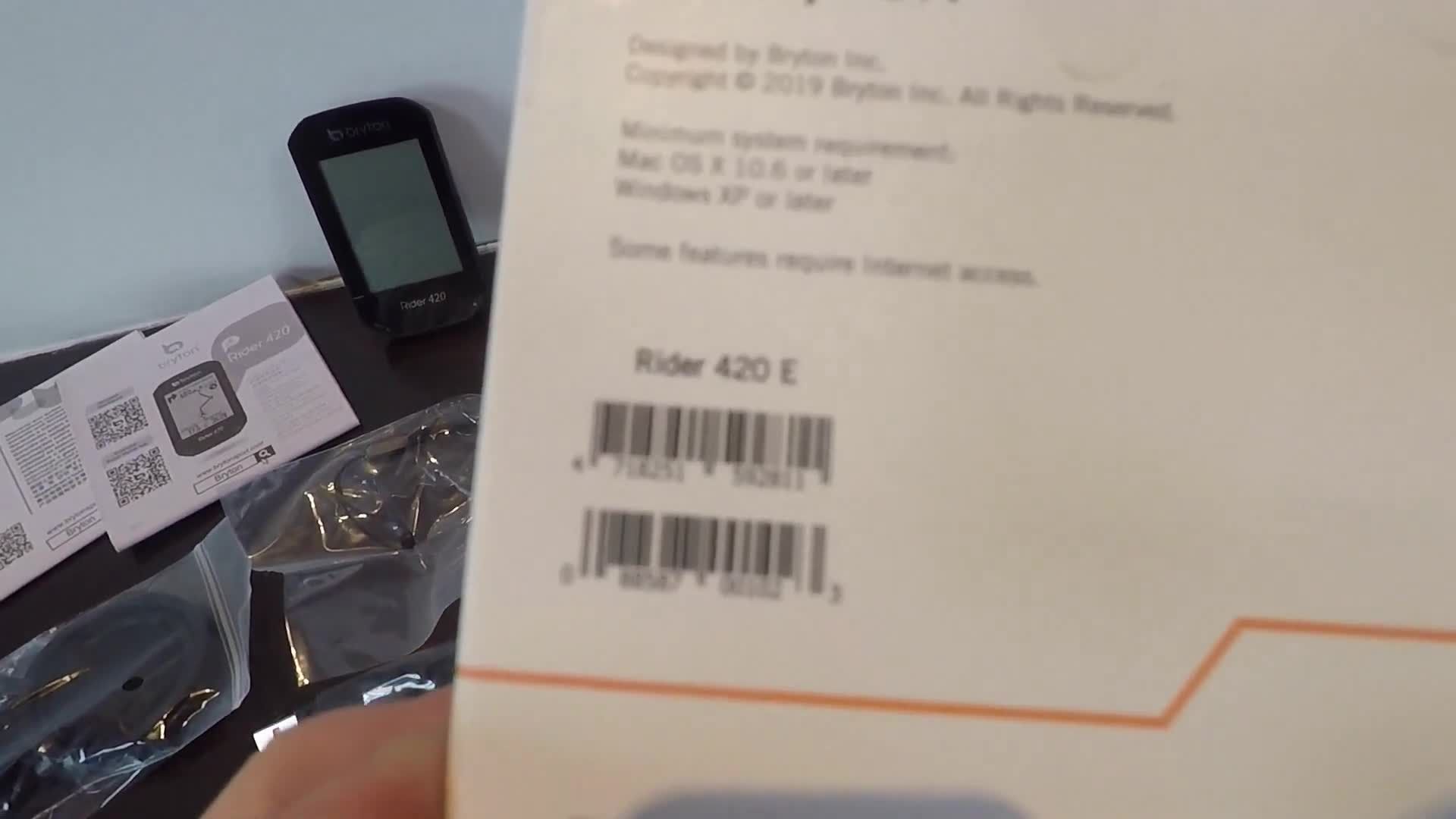The Bryton Rider 420 GPS cycling computer delivers a powerful performance at a surprisingly affordable price. This in-depth review examines its features, functionality, and overall user experience, providing a comprehensive assessment of its strengths and weaknesses. We'll explore everything from its unboxing experience and initial setup to its navigation capabilities, data analysis tools, and app integration, leaving no aspect unexplored. Our goal is to help you determine if the Rider 420 is the right cycling companion for your needs.This review delves into the specifics of the Rider 420's hardware, including its compact design, large 2.3-inch display, and impressive 35-hour battery life. We’ll examine the intuitive interface and extensive customization options, highlighting its ease of use and the versatility it offers for various riding styles and preferences. We'll also assess the accuracy of its GPS tracking and sensor compatibility, providing a clear picture of its performance on the road. Finally, we'll weigh its value against competitors in the market, considering its price point and the features it offers.
Pros And Cons
- 2.3-inch screen (bigger than competition)
- Connects to most devices via Bluetooth
- 77 functions
- 35 hours of battery life (longest in its category)
- Waterproof
- Fast boot time
- Highly configurable data pages (up to five)
- Easy-to-see screen during riding
- Route creation and loading via phone or computer
- Quick route loading time (20 seconds for 60km routes)
- Breadcrumb trail navigation
- Long battery life (sufficient for multiple long rides)
- No Wi-Fi
- Route creation on computer may be slow
Read more: Garmin Edge 530 Review: Best Value GPS Bike Computer?
Unboxing and First Impressions
The Bryton Rider 420 package includes the unit itself, a lanyard, a fast-charging USB-C cable, and a handlebar/stem mount with elastic straps. The device is compact and lightweight, weighing approximately 60-70 grams. Initial impressions suggest a well-built and user-friendly design.

The included documentation and warranty information are standard. The device feels sturdy and premium for its size and price point. Overall, the unboxing experience was positive and provided everything needed to get started.

Display and Connectivity
The Bryton Rider 420 boasts a 2.3-inch screen, larger than many competitors. This offers improved readability and ease of use during rides. Connectivity is excellent, with seamless Bluetooth pairing to smartphones and ANT+ compatibility for various sensors.

The device supports a wide range of functions, including navigation and various metrics tracking. The claimed battery life of 35 hours is impressive, though real-world performance might vary depending on usage.

User Interface and Settings
The device features two buttons on the back for navigation and power. The interface is intuitive, with quick access to key settings and data pages. Customization options are extensive, allowing users to tailor the display to their preferences.

The settings menu provides access to various functions such as unit configuration, data page customization, sensor management, user profiles, and more. The device also supports firmware updates via the accompanying app.

App Integration and Route Creation
The Bryton Active app provides comprehensive control and data management. It allows for easy configuration of data pages, sensor pairing, and firmware updates. The app simplifies the process of creating and managing routes.

Route creation is straightforward, either through the app or the computer interface. Routes can be easily transferred to the device via Bluetooth. The app also offers additional features such as activity tracking and data analysis.

Navigation and Performance
The Bryton Rider 420 offers turn-by-turn navigation with a breadcrumb trail. GPS acquisition is relatively quick, typically within 30 seconds, even in less-than-ideal conditions. The device handles route following smoothly.

The data fields are highly customizable, allowing users to display the information most relevant to them. The device performs well, providing accurate readings and reliable performance during rides.

Conclusion and Verdict
The Bryton Rider 420 offers a compelling combination of features, performance, and value. Its large screen, long battery life, and extensive customization options make it a strong contender in the cycling computer market.
While some users might prefer more advanced mapping features, the breadcrumb navigation system is sufficient for many riders. At around $120, it significantly undercuts the price of many competitors with similar functionalities, making it an excellent value for money.
